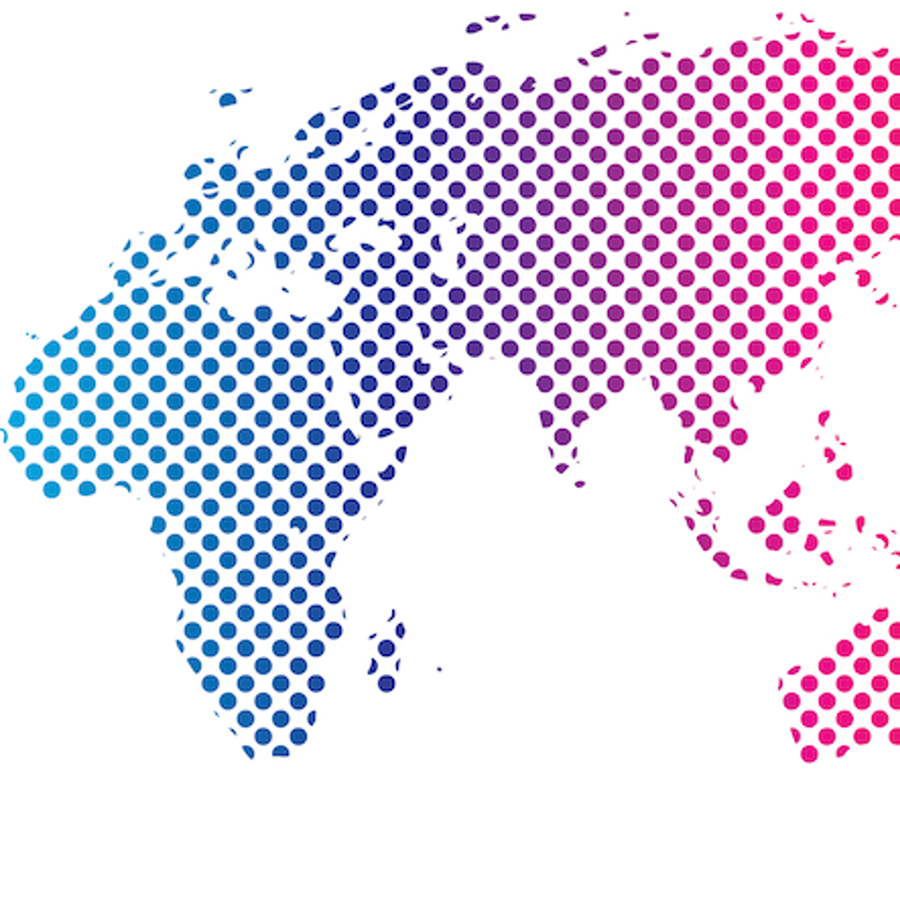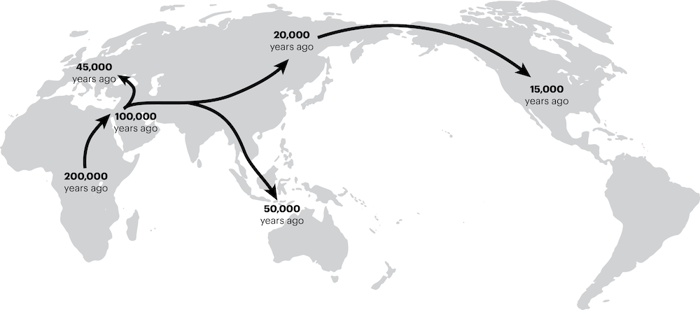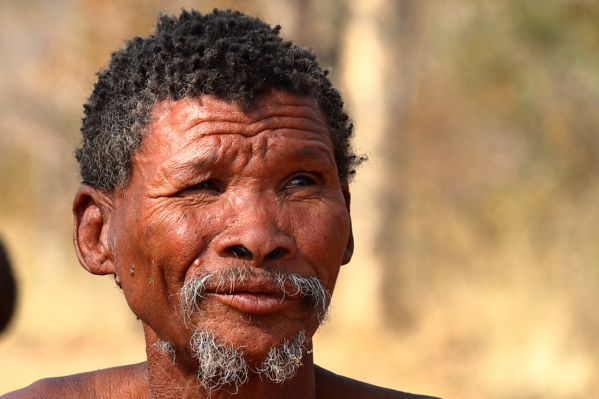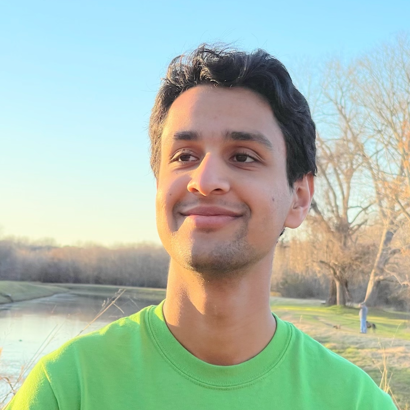
Which human population is the most genetically unique?

- Related Topics:
- Population genetics,
- Genetic variation,
- Ancestry,
- Human evolution
A curious adult from Pennsylvania asks:
"I don't know how to phrase my question so hopefully I will make myself clear. What people group has the most unique DNA? In other words if there were 20,000 known human gene sequences and say the people of pure Greek ancestry had 16,000 of those expressed and Welsh people had 13,500 of those expressed, but I want to know which population has only 5000 in common with the rest of humanity. What people today has the most unique and unshared genetic fingerprint?"
Among large populations, the most genetically unique is sub-Saharan Africans by far. If we get more specific, the Khoisan peoples of Southern Africa hold this title. Read on to find out more!
Why are sub-Saharan Africans so unique?
To get a full answer, let’s flip the question. Why are other human populations less unique?
Scientists know that modern humans arose in Africa around 300,000 years ago. They eventually produced a genetically diverse population which spread across the continent. The descendants of those humans are today’s Africans.
Present-day non-Africans mainly come from a single group of humans who left Africa around 60,000 years ago. This group eventually settled the rest of the world.1,2
Here’s the thing: the humans that left Africa 60,000 years ago were a very small portion of all people on the continent at the time. This fact is important because it also means they were less genetically diverse. As a small sub-population, they definitely did not capture the full amount of variation across the entire continent. All present-day non-Africans are descended from this less diverse population. This fact means they are actually very closely related to each other genetically.
On the other hand, modern Africans retain the full amount of the original human diversity. Therefore, they have far more “unique” DNA than non-Africans.

Human population history is a classic example of what biologists call the founder effect. To provide a concrete example, let’s say a flock of birds lives near a lake. These birds can be red, green, or blue depending on their genetics. One day, a few blue and green birds fly away to a new lake and start a new flock. If people visit the second lake years later, they won’t see any red birds. Why? Because the birds that founded the second flock were only blue or green. There were no red genes at all!
The second bird population is less diverse than the first, which still has the red gene. In the same way, the humans which settled the rest of the world were far less diverse than the humans which remained in Africa.

How about the Khoisan peoples?
But we can do better than that. With the help of cool technology and amazing scientists, we have sequenced the DNA of people from ethnic groups all around the world. We can compare these DNA sequences to create a human “tree of life”. This tree can show us which human populations are closely related to each other. It can also estimate when each group separated from the others and became its own unique population.1
It turns out that the very first such population to form was the ancestors of the current Khoisan peoples (more on them below). At that point, humans branched into two groups: the ancestors of the Khoisan, and the ancestors of all other Africans and non-Africans. Therefore, the genetic changes that define the Khoisan people are not found in any other human group. So if there’s an ethnic group that has the most “unique” DNA, it’s certainly them!3
So who are the Khoisan? They are actually two related groups from Southern Africa. The San, who are primarily hunter-gatherers, and the Khoekhoe, who are mainly livestock herders. Their languages are known for the extensive use of “clicking” sounds as consonants. The current Khoisan population numbers around 100,000 people. Sadly, as time passes, the nomadic lifestyle of the Khoisan is becoming more and more difficult to maintain.4

Wrapping it up
In conclusion, we’ve applied a bunch of population genetics ideas to arrive at two conclusions. First, sub-Saharan Africans have far more unique DNA than any other large human population. When diving deeper, the Khoisan people have the most DNA that isn’t found in any other group. Pretty cool, right?

Author: Aman Patel
When this article was published in 2023, Aman was a PhD candidate in the Department of Computer Science, developing Artificial Intelligence approaches to study evolution and gene regulation as part of Anshul Kundaje’s laboratory. He wrote this answer while participating in the Stanford at the Tech program.
 Skip Navigation
Skip Navigation
